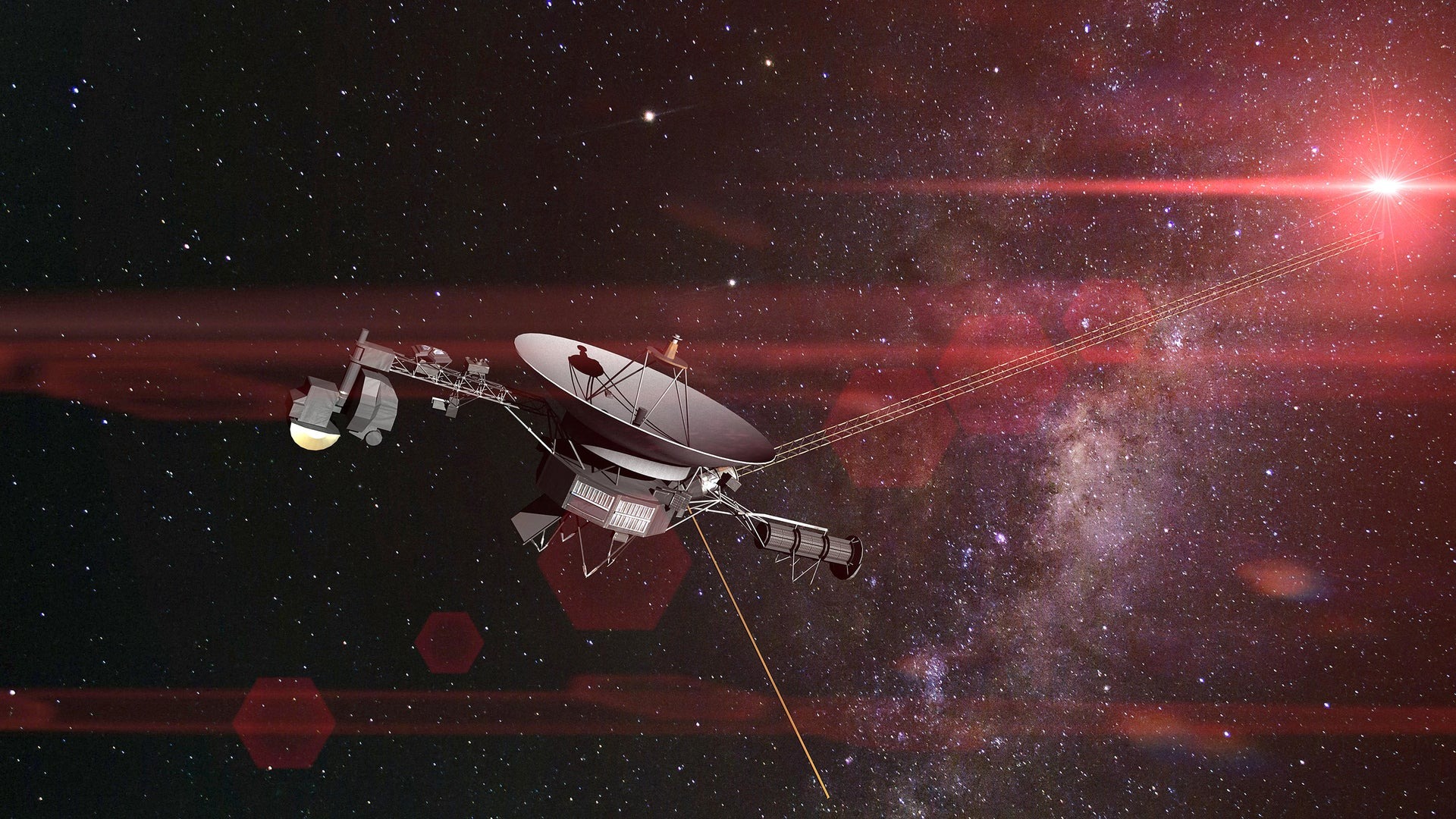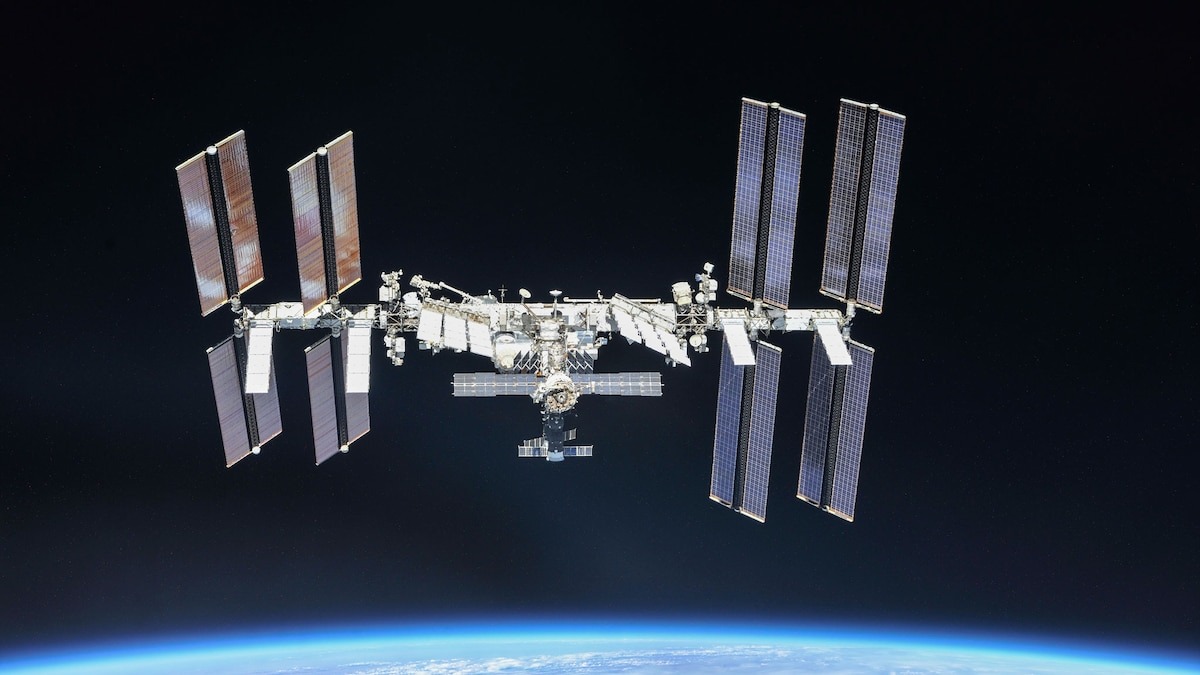For decades, we have been fascinated by Mars, the “Red Planet.” We have sent probes and rovers to its surface to look for water, to understand its history, and to see if it could one day be a home for humans. The most advanced and powerful robot we have ever sent to Mars is the Perseverance rover. This car-sized robot is not just a driver; it is a full-time scientist, with a mission to find out if there was ever life on Mars a long, long time ago.
The Perseverance rover is a symbol of our human curiosity and our desire to explore. Its mission is to search for ancient microbial life, collect rock and soil samples, and pave the way for future human exploration. In this article, we will take a deep dive into the story of the Perseverance rover, from its famous landing to the amazing tools it uses to explore the red, dusty plains of Mars.
What Is the Perseverance Rover? A Martian Robot Scientist
The Perseverance rover is a mobile science lab. It’s about the size of a car, weighing over 2,200 pounds (1,000 kilograms). It has six wheels that allow it to travel over rough Martian ground, and it is powered by a small nuclear battery that gives it energy to work for many years.
The main purpose of the rover is to find out if Mars ever had life. Scientists believe that billions of years ago, Mars was a much warmer and wetter place. There were lakes and rivers, and water is essential for life as we know it. So, the rover’s mission is to explore places on Mars where ancient life might have left behind clues.
Perseverance is more than just a rover. It has a whole set of advanced tools and cameras that allow it to see, hear, and even zap rocks with a laser. It is like a walking, driving scientist on another planet.
The Landing: “Seven Minutes of Terror”
Getting a rover to Mars is one of the hardest things to do in space exploration. The journey takes about seven months, but the landing itself is the most difficult and dangerous part. The entry, descent, and landing of Perseverance took only “Seven Minutes of Terror.” This is what NASA scientists call the time it took for the rover to get from the top of the Martian atmosphere to the ground. During this time, the rover had to do everything on its own, without any help from Earth.
Here is a simple look at what happened in those seven minutes:
- Entry: The rover’s spacecraft hit the top of the Martian atmosphere at over 12,000 miles per hour (20,000 kilometers per hour). The heat shield on the front of the craft glowed red-hot as it slowed the rover down.
- Parachute: After slowing down a lot, the biggest parachute ever sent to Mars opened up. It slowed the rover down even more.
- Sky Crane: The rover was lowered from its parachute on a rocket-powered “sky crane.” This sky crane flew down to the surface, and a long cable lowered the rover down to the ground.
- Touchdown: The sky crane gently placed the Perseverance rover on the surface of Mars. As soon as its wheels touched the ground, the sky crane flew away to crash safely in the distance.
This amazing landing system worked perfectly, and on February 18, 2021, Perseverance landed safely on Mars to begin its mission.
Where Is Perseverance Exploring? The Jezero Crater
The place where Perseverance landed is called the Jezero Crater. Scientists chose this location for a very important reason. They believe that billions of years ago, the Jezero Crater was a lake, and a river flowed into it. We can still see the shape of the river delta and the old shoreline.
On Earth, river deltas are places where a lot of organic material and life can be found. So, the Jezero Crater is the perfect place to search for signs of ancient microbial life that might have lived in that old lake. The rover’s job is to explore this old lakebed, find interesting rocks and soil, and collect them for future study.
The Rover’s Tools: How It Searches for Life
Perseverance has a whole set of advanced tools that are like the eyes, hands, and even the mouth of a scientist. Here are some of the most important tools on the rover:
- Mastcam-Z: This is the rover’s “eyes.” It’s a pair of cameras that are high up on the rover’s mast. They can take amazing, high-resolution color pictures and videos of the Martian landscape, and they can also zoom in to look at objects far away.
- SuperCam: This is the rover’s “laser tool.” It’s a tool that can shoot a laser at a rock or soil from a distance. The laser vaporizes a tiny piece of the rock, and then the SuperCam can analyze the light to figure out what the rock is made of. This helps scientists decide which rocks are the most interesting to look at more closely.
- PIXL and SHERLOC: These are the rover’s “up-close” tools. They are on the end of the rover’s robotic arm. The PIXL tool uses X-rays to look at the tiny chemical makeup of a rock. The SHERLOC tool uses a special light to look for organic molecules, which are the building blocks of life.
- Drilling and Coring System: This is the most important part of the mission. The rover can drill into rocks to collect a small sample, which is about the size of a piece of chalk. It then seals this rock sample in a special, sterile metal tube. These tubes are then dropped on the ground in a safe place for a future mission to pick up.
A Martian Helicopter: The Ingenuity Mission
One of the most exciting parts of the Perseverance mission was the inclusion of a small, robotic helicopter named Ingenuity. This helicopter was a “tech demo,” meaning its main job was just to prove that it could fly in the thin Martian air. The air on Mars is only about 1% as dense as the air on Earth, so flying is very difficult.
Ingenuity made history when it completed its first flight on Mars, becoming the first powered aircraft to fly on another planet. It then completed many more flights, proving that flying on Mars is possible. Ingenuity’s success has paved the way for future missions that might use helicopters to explore places that are too difficult for a rover to get to.
The Sample Return Mission: Bringing Martian Rocks Home
Perseverance is not designed to bring its collected rock samples back to Earth. Instead, it is the first step in a very long and complex mission. The rover is leaving the sealed sample tubes on the Martian surface. The plan is for a future mission, called the Mars Sample Return campaign, to send another lander and rover to Mars to pick up those sample tubes and launch them back to Earth.
The goal is to get these samples back to Earth by the 2030s. Scientists can then study these rocks and soil in laboratories on Earth, using much more powerful tools than a rover can carry. This is the best way to find out for sure if Mars ever had life.
Why Does the Perseverance Mission Matter?
The Perseverance mission is more than just a search for life. It is a vital step in our journey to Mars.
- Finding Ancient Life: The search for signs of ancient life in the Jezero Crater is a historic goal. If we find even tiny clues that life once existed on Mars, it would change our understanding of our place in the universe forever.
- Preparing for Humans: The rover also carries a special tool called MOXIE, which has been making oxygen from the Martian atmosphere. This is a crucial step in preparing for a future human mission to Mars, as astronauts will need oxygen to breathe and to power their rockets to get back home.
- Advancing Planetary Science: The mission is also helping us to better understand the geology of Mars and how its climate has changed over billions of years. The data and pictures that Perseverance sends back are helping scientists create a more detailed picture of the Red Planet.
Conclusion
The Mars Perseverance rover is a triumph of science and engineering. From its daring landing to its ongoing exploration of the Jezero Crater, it is expanding our knowledge of Mars and our place in the universe. It is a symbol of our desire to explore, and with its samples waiting to be returned to Earth, it holds the promise of answering one of humanity’s biggest questions: “Are we alone?” The Perseverance rover is not just a robot; it is our representative on the red plains, a silent and persistent explorer in a quest to find the secrets of a once-wet and possibly living world.











Reading about the Perseverance rover always makes me feel like I’m a part of the mission. The technology is just breathtaking, and the fact that we have a helicopter flying on Mars is something I still can’t quite get my head around. What a time to be alive!